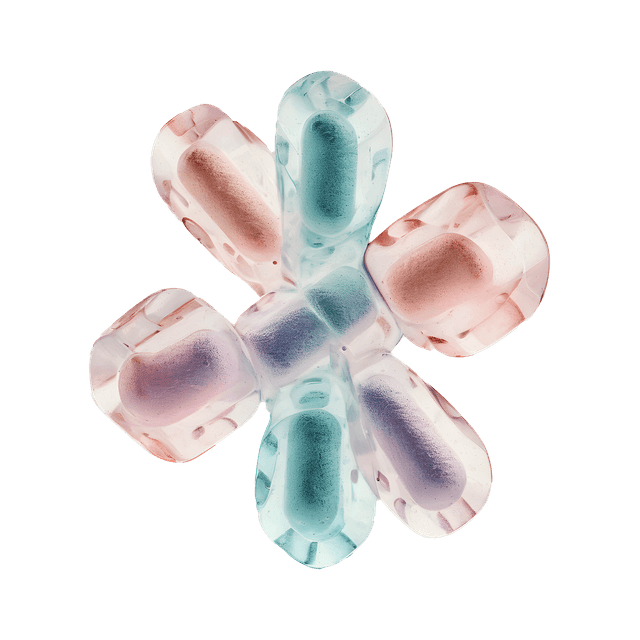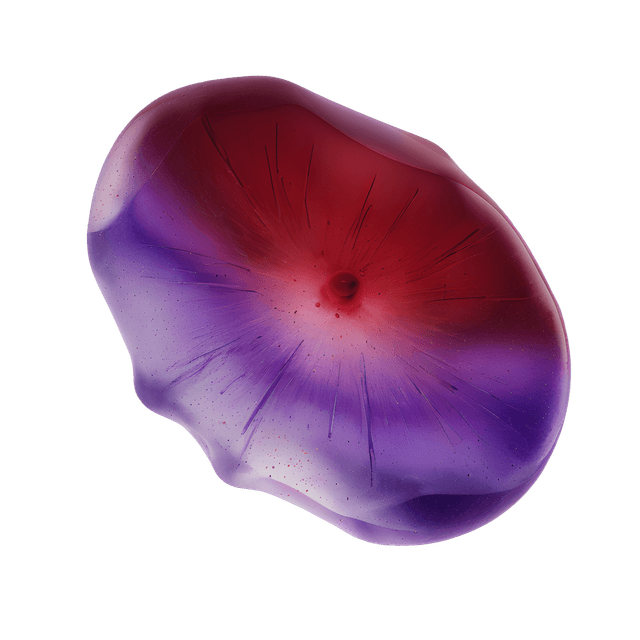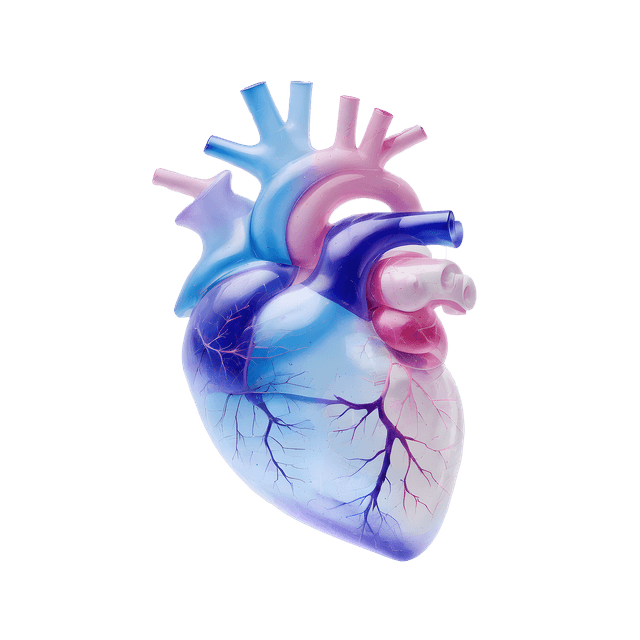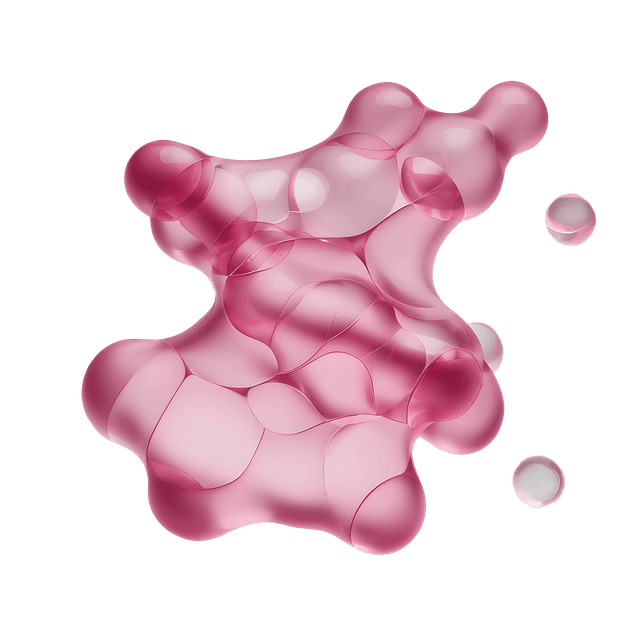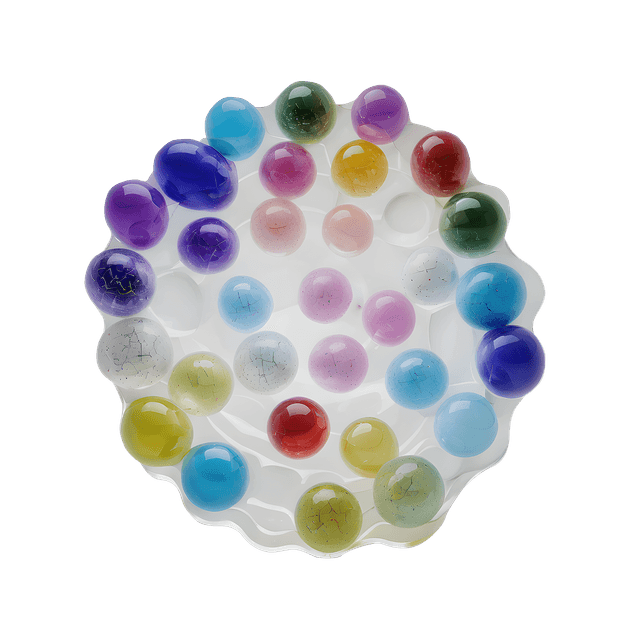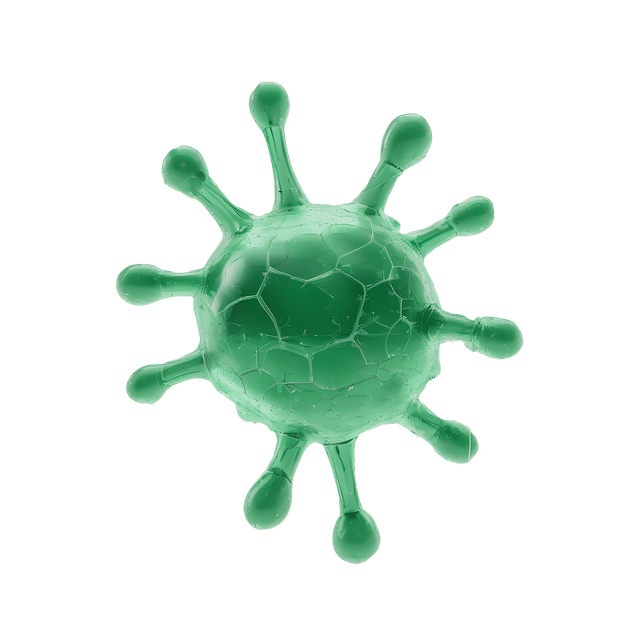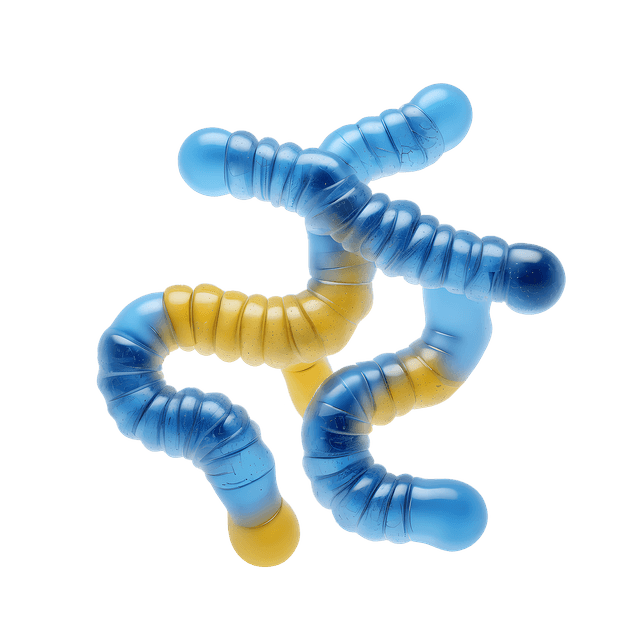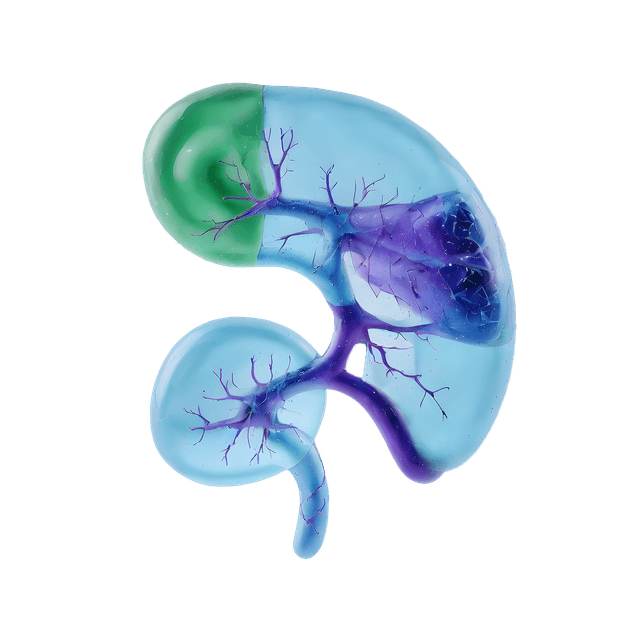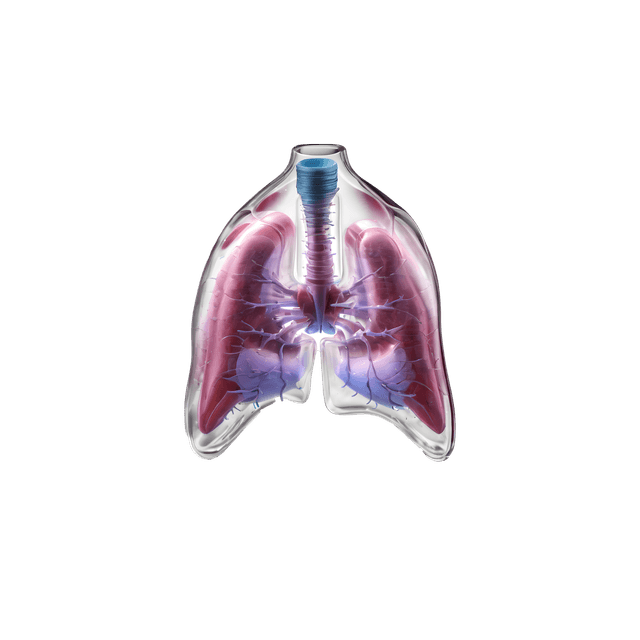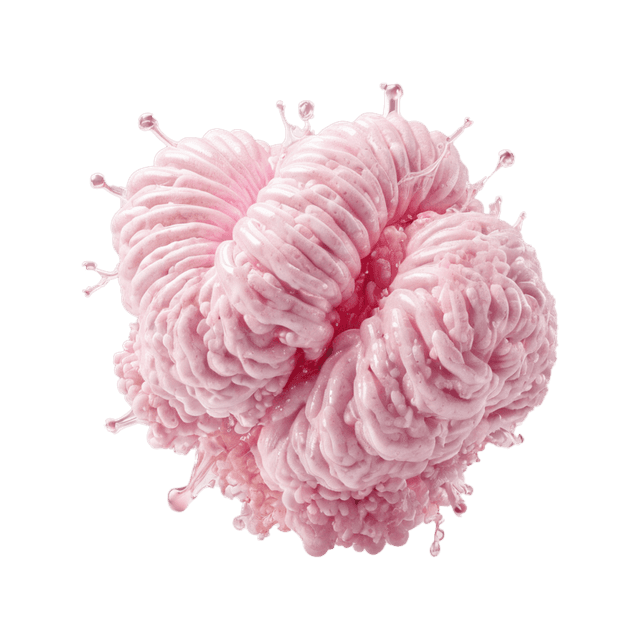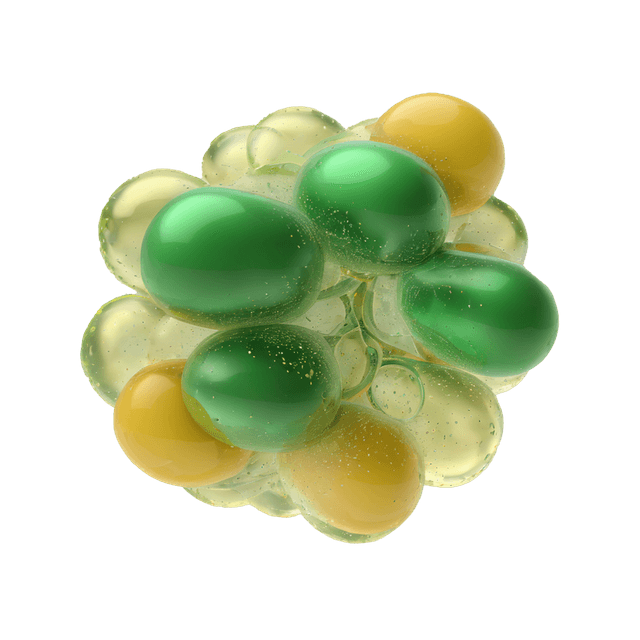What is S-Anti-Jo-1?
S-Anti-Jo-1 is an autoantibody that is directed against an enzyme found in the body's cells, called histidyl-tRNA synthetase. It belongs to a group of antibodies called antisynthetase antibodies and is the most common of these. This autoantibody occurs mainly in polymyositis and antisynthetase syndrome, which is a subgroup of inflammatory myopathies that often involve both muscles and lungs.
Why analyze S-Anti-Jo-1?
An analysis of S-Anti-Jo-1 is performed if there is suspicion of an inflammatory muscle disease or lung involvement with autoimmune genesis. The results of the analysis are used to:
- Strengthen the diagnosis of polymyositis or antisynthetase syndrome
- Identify concomitant interstitial lung disease (ILD)
- Provide guidance in the event of muscle symptoms such as weakness, pain or swelling
- Differentiate inflammatory myopathy from other causes of muscle disease
How do you interpret test results from S-Anti-Jo-1?
A positive S-Anti-Jo-1 result is strongly associated with antisynthetase syndrome and occurs in a large proportion of patients with polymyositis that have lung involvement. The presence of S-Anti-Jo-1 may indicate an increased risk of interstitial lung disease and provides important information about the nature and course of the disease.
The test is primarily used for diagnostics; it does not have a direct correlation with disease activity. Test results should always be interpreted in combination with clinical findings, muscle status, pulmonary function tests and other autoantibodies.




